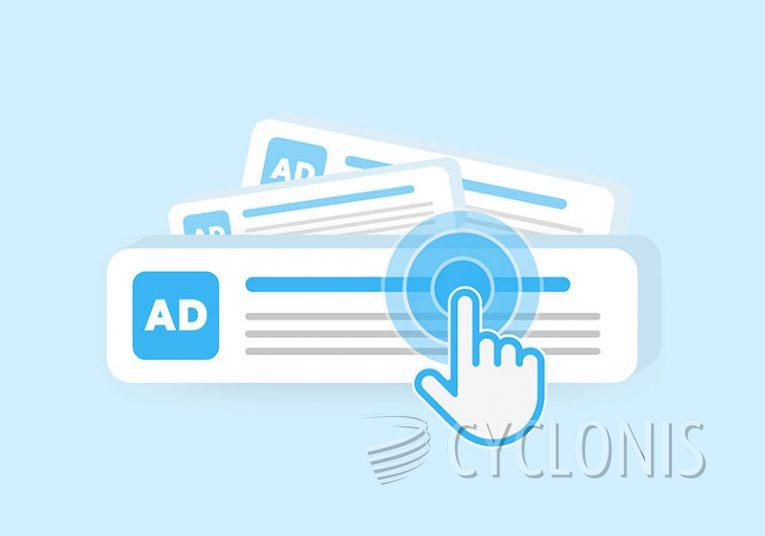Chydroogible.com: Understanding the Browser Disruptor

Table of Contents
What is Chydroogible.com?
Chydroogible.com is a webpage identified as a source of unwanted browser behavior. It encourages users to grant notification permissions, which can lead to an influx of intrusive advertisements. Additionally, it redirects visitors to other websites, some of which may be unreliable or deceptive.
Users typically arrive at Chydroogible.com through redirects triggered by sites that participate in aggressive advertising networks. These sites often use misleading prompts to trick visitors into enabling notifications, such as fake CAPTCHA verification tests or deceptive video play buttons. Once permission is granted, users may experience frequent pop-ups promoting questionable content.
How Browser Hijackers Influence Online Activity
A browser hijacker is a type of online nuisance that manipulates web browsing activities by redirecting users to specific pages or altering browser settings without clear consent. These hijackers often aim to generate revenue through ad impressions, click-based promotions, or by collecting browsing data for third-party advertisers.
Chydroogible.com functions similarly by exploiting browser notifications to push advertisements and redirect users to external websites. These notifications can contain misleading messages, urging users to download unnecessary software, participate in scams, or visit other questionable pages.
The Goals Behind These Redirects
The primary objective of websites like Chydroogible.com is to increase traffic to partnered or affiliated pages. While some advertisements may promote legitimate products, they are often endorsed in a misleading manner by unauthorized third parties who seek financial gain through referral programs.
Additionally, persistent redirects can disrupt the browsing experience and lead to unintentional interactions with unreliable content. In some cases, users may be led to websites mimicking well-known brands, attempting to extract personal or financial information through fraudulent means.
How Users Grant Notification Permissions
Websites must obtain user consent to send browser notifications. Pages like Chydroogible.com achieve this by using deceptive tactics, such as presenting a fake CAPTCHA test that instructs visitors to click "Allow" to verify they are human. Clicking this button unintentionally permits the site to send notifications, which then appear on the desktop or mobile device even when the browser is closed.
Once notifications are enabled, users may see frequent alerts leading to promotional scams, exaggerated security warnings, or offers that seem too good to be true. These notifications are designed to prompt immediate action, often leading users to interact with potentially misleading content.
Managing and Preventing Unwanted Notifications
If unwanted browser notifications have already been enabled, they can be disabled through the browser settings. Most modern browsers allow users to manage site permissions by going to the settings menu and revoking notification privileges for specific websites.
To prevent future occurrences, users should be cautious when visiting unfamiliar sites and avoid clicking on prompts that request notification access. Ignoring or denying such requests can significantly reduce the likelihood of experiencing intrusive advertisements.
Best Practices for a Secure Browsing Experience
To maintain a smooth and safe online experience, consider the following precautions:
- Be Selective with Notifications: Only allow notifications from trusted websites. If a site requests permission unexpectedly, it is best to decline the request.
- Use an Ad Blocker: Many deceptive sites rely on aggressive advertising strategies. An ad blocker can help filter out potentially harmful redirects.
- Keep Browser and Security Tools Updated: Regular updates help prevent exposure to sites exploiting outdated security measures.
- Avoid Clicking on Suspicious Links: If a notification or pop-up appears with urgent messaging, verify the information by visiting the official website of the referenced service instead of clicking the provided link.
- Regularly Review Site Permissions: Checking browser settings for unwanted permissions can help keep unwanted notifications at bay.
Bottom Line
Chydroogible.com exemplifies how certain web pages attempt to manipulate user behavior to generate traffic and ad revenue. While it may not pose an immediate danger, its tactics can lead to a frustrating browsing experience. By understanding how such sites operate and taking precautionary measures, users can minimize disruptions and maintain better control over their online interactions.








